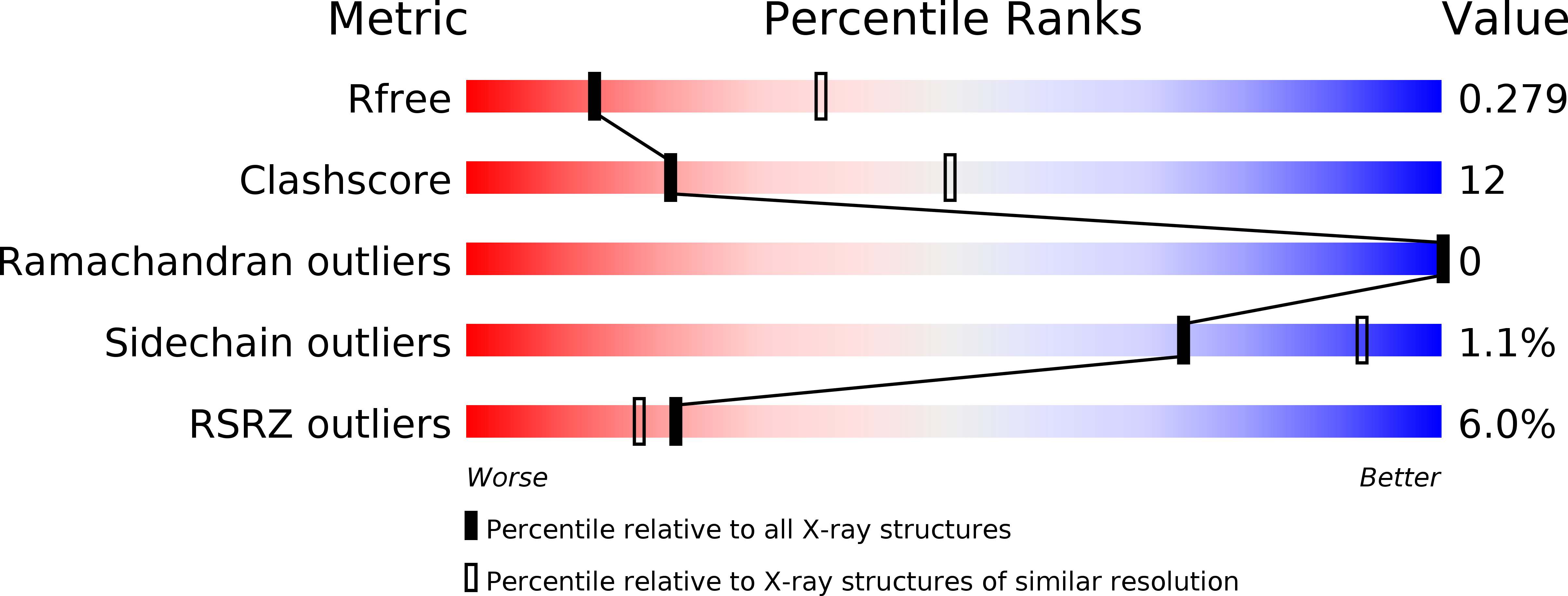
Deposition Date
2014-04-17
Release Date
2014-07-30
Last Version Date
2024-10-23
Entry Detail
PDB ID:
4CZC
Keywords:
Title:
Crystal structure of the siroheme decarboxylase NirDL in co-complex with iron-uroporphyrin III analogue
Biological Source:
Source Organism:
HYDROGENOBACTER THERMOPHILUS (Taxon ID: 608538)
Host Organism:
Method Details:
Experimental Method:
Resolution:
2.90 Å
R-Value Free:
0.28
R-Value Work:
0.22
R-Value Observed:
0.23
Space Group:
C 1 2 1


